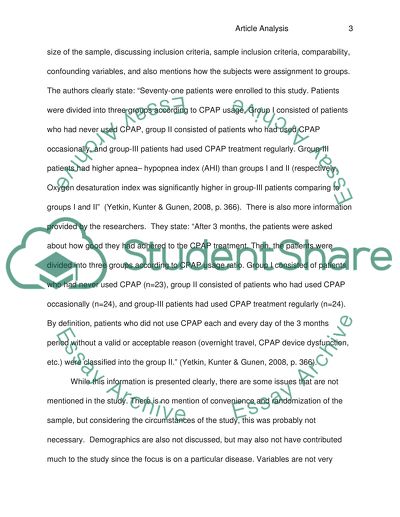Cite this document
(CPAP Compliance in Patients with Obstructive Sleep Apnea Syndrome Article, n.d.)
CPAP Compliance in Patients with Obstructive Sleep Apnea Syndrome Article. Retrieved from https://studentshare.org/media/1521218-cpap-compliance-in-patients-with-obstructive-sleep-apnea-syndrome
CPAP Compliance in Patients with Obstructive Sleep Apnea Syndrome Article. Retrieved from https://studentshare.org/media/1521218-cpap-compliance-in-patients-with-obstructive-sleep-apnea-syndrome
(CPAP Compliance in Patients With Obstructive Sleep Apnea Syndrome Article)
CPAP Compliance in Patients With Obstructive Sleep Apnea Syndrome Article. https://studentshare.org/media/1521218-cpap-compliance-in-patients-with-obstructive-sleep-apnea-syndrome.
CPAP Compliance in Patients With Obstructive Sleep Apnea Syndrome Article. https://studentshare.org/media/1521218-cpap-compliance-in-patients-with-obstructive-sleep-apnea-syndrome.
“CPAP Compliance in Patients With Obstructive Sleep Apnea Syndrome Article”, n.d. https://studentshare.org/media/1521218-cpap-compliance-in-patients-with-obstructive-sleep-apnea-syndrome.


